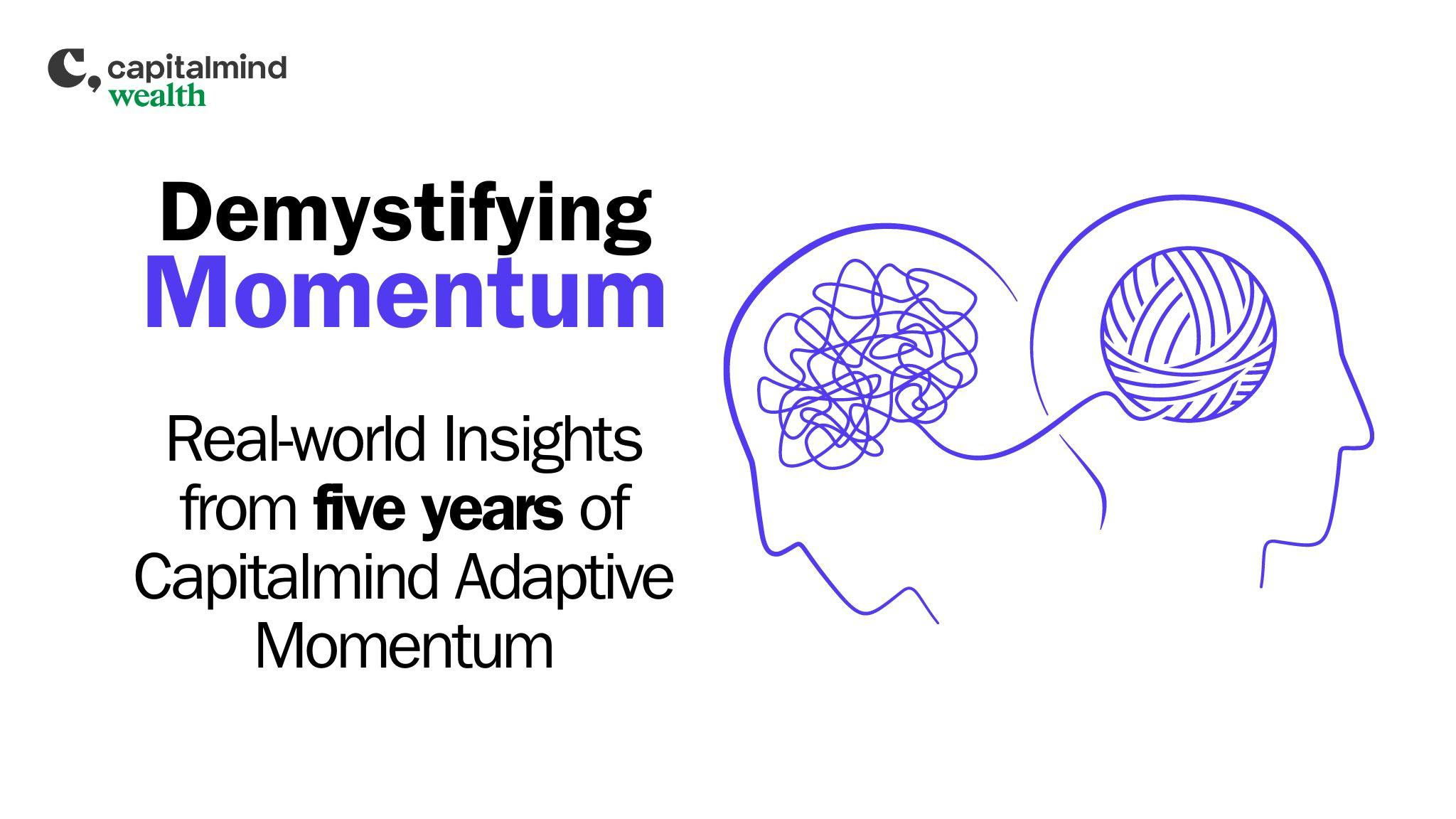(category)Opinion
The Much Awaited Trump Tariffs are HereThe Much Awaited Trump Tariffs are Here
Trump has unveiled tariffs on all imports, with different rates for different countries. As arbitrary as the calculations seem, what's the real underlying malaise that has somehow caused the US to suddenly want trade barriers? We explore, with a focus on where India stands (and doesn't) in this picture.
Deepak Shenoy•

This is not India alone, of course. Trump has done his hissy fit on all countries in the world. China gets another 34% (on top of the 20% tariffs they already have), Vietnam gets 46%, and even a tiny Sri Lanka gets 44%.
Why is Trump doing this?
You’ve heard a lot of history in the last few months. But let me speak of some context.
There was an unwritten contract in the world. America would consume, for the most part. The rest of the world, especially undeveloped Asia, would produce things, and America would pay for it in US dollars. And you could also use those dollars to buy oil, which is pretty much the source of what you need to produce things that Americans wanted. You might use those dollars to also buy the things that the west produced, like Tommy Hilfiger, Nike, McDonalds or Pepsi/Coke. And, because these people save money, they would just save in “reserves” which will effectively buy US treasury bonds.
This allowed America to not have to finance its own borrowings, so the government could spend without crowding out its own private sector’s borrowing. That allowed the American private sector to borrow, grow and prosper.
By nature, this also meant that the dollar would get stronger - as much as the US imported and paid for things in dollars, the smaller nations would just use the US dollars to buy US government bonds. In fact when some Asian countries tried to peg their currencies to the US dollar, some US based speculators hammered their currencies down, caused inflation, and the eventual IMF rescue forced these countries to hold higher reserves, to print less money and to control deficits. (Eventually, the west would try to solve their own crisis after 2008 by doing the exact opposite: print more money, have higher deficits and have their own central banks buy their debt)
America would also provide for the defense needs of Japan and Western Europe. They’d do the defense bases, the ships and what not and protect them from (shudder) USSR. These countries, being relatively similar in ethnicity at the time, would also benefit from a global dollar.
But slowly, over the years, things changed. The Asian countries didn’t just save, they consumed. America, from 40% of world GDP in 1960, has fallen to 24%. Asian countries, instead of just saving to fund America, were doing two things:
- Saving in other currencies: forex reserves have moved from just USD to Japanese Yen, Euro and the British pound.
- Bilateral trade: dealing with each other in their own currencies where applicable
Plus, apart from doing real low end labour, the developing countries started doing higher end stuff - making cellphones, semiconductors and even cars. Japan did in the 80s and 90s, then Taiwan, and now China. India has gone from being the “back-end” of the world economy, is slowly moving up the technology value chain too. These countries make products that they can buy from each other, with the exception of China which doesn’t want to buy anything from anybody but sell everything to everyone.
And then, America has abused its role as a world defender, through non-UN ratified attacks on Iraq, Yugoslavia and a bunch of places. They froze Russian and Afghan dollar reserves which naturally pushes Asian countries to think their “reserves” are not safe at all.
And then, it’s easy to see why some Americans don’t like what’s happening. Asian economies were supposed to buy American goods, or buy American debt, but they now buy goods from each other and buy other other countries’ debt (Euro, JPY etc) European countries were asking the US to spend on their defence, so they could provide free healthcare and benefits to their people. China wasn’t buying much from the US, and as it acquired manufacturing knowledge, Chinese products were getting higher-end, and were being sold to Americans. It wasn’t just American brands making things cheaply in China, it was China now making those things, making them better, and selling them back to America.
The US and UK have both had enormous tariffs in the times that they developed, and it was only after they built their manufacturing bases that they started to open their economies. During the British Raj, an 85% import tax was imposed on Indian textile exports, but British textile exports to India were at 5%. Protectionism was what made their industries big eventually.
China has massive non-tariff and tariff barriers - in one famous case, when the Indian Apollo Tyres wanted to buy Cooper Tires, a US Tyre manufacturer with a big plant in China, the authorities in China didn’t want to allow Indian ownership and despite Cooper owning the plant, didn’t allow them to even enter their own plant. The deal was scuttled. China doesn’t allow the US digital giants (Google, Facebook etc) to even operate in their country.
And then, the American debt has now started to be held less and less by foreigners.
Which means that as time goes, it’s Americans that have to buy the debt their government owns. For a long time, the US Federal Reserve held massive chunks of US debt, but after the Quantitative Easing program was removed, even they aren’t buying. Going forward, the interest costs of the US government will be paid largely by the US taxpayer, who is somehow also going to have to buy those bonds. That contract - where America spends and borrows from foreigners - that is being slowly eroded anyhow.
Trump is a far-right person that has decided he’s going to break the unofficial contract officially. He’s going to put tariffs on all American imports, and has decided that America needs to have a surplus or at least a balance with every country. Thus the “silly” tariff structure that just says: If I buy 40% more from you than I export to you, I will put a 40% tariff on you.
This sounds silly, because it is. But the tariffs, in my view, are just an attempt to change the world’s structure officially. It gives us part of the way ahead:
- The world is being told they can’t easily access the US market
- Also, therefore, saving in USD is useless as a reserve currency
This is not America’s intention. What Trump wants to do is to make deals that reduce tariffs in other parts of the world. In his view, the European VAT and Indian GST are also tariffs, because they apply to US exporters (even if they apply evenly to European or Indian companies). This is senseless, but in the irrationality is a clear message: pay your homage to me, if you want to access my awesome market.
The problem is: they aren’t the only awesome market. China’s figured this out long back, and have nurtured their own domestic consumption market, with their own products, for over a decade. Chinese exports are only 19% of GDP, the lowest since 2000, after reaching 36% in 2008.
And then, China’s also reduced their reliance on the US as an export destination, from 30%+ in 2005, to less than 15% in 2024.
There will be retaliation
China’s already decided it doesn’t want to be bullied and has put a 34% tariffs on all American goods. Most of which is soy based meals for pigs, exported by American farmers. Europe is threatening reverse tariffs. Canada, which has very little leverage here, is putting tariffs on American products.
There is probably no need for India to retaliate - at some level, we are irrelevant in the overall scheme of things, and when Americans start to feel the pinch of these tariffs the impact will be large enough for Trump to reconsider and accept just about anything in exchange for a step down. Remember, when you put a 26% tariff, the Indian exporter doesn’t pay - its the US importer that pays. It’s a game of poker, and America no longer holds many of the “trump” cards.
The impact is going to be bankruptcies in each of these countries, and the important thing is to fast-track bankruptcy resolution so that the next set of companies can benefit.
India though, is used to tariffs and will likely be slightly less affected than the rest of the world, mostly because it's not that plugged in to the world trade-based economy.
But what’s the point now? Is there an end to this?
Let me summarize:
- The world order is changing, but it’s been changing for a while. Trump is just making it official
- A no-tariff world would still be very inconvenient for America, so that isn’t even an end-goal. At best, deals will be made to show off that America can still bully smaller countries.
- The official shift away from easy exports to the US means a massive shift to other centers of consumption. There are very few: Europe, China and India are the biggest.
- China will remain protectionist, and Europe has both trade and non-trade barriers. So India will also have to keep tariff hats on to prevent its industries from being overwhelmed with cheap imports.
- The biggest change will be an increased focus, by every nation, of more domestic manufacturing for their own consumption, especially in defense and critical areas.
- It’s short term negative for the world, but deeply negative for the US, because no matter what happens, no one trusts the US anymore.
- India is too small to matter. But in a world where everyone’s hurting, it’s the one that isn’t hurting too much that will recover better.
- So, after some pain this year, we might see the best position for India to grow into a much more developed economy. This is just a probability, at best.
In investing, you don’t want perfect answers. There are no correct predictions, only lucky ones. Therefore everything is about the probability of good versus bad. I call that a risk-reward equation, saying what are the chances that all this gyan you give, has any resemblance to what will actually happen?
In effect, the risk-reward seems to be in the direction of reward in the next few years. Unless of course, we keel over and decide to become subservient to US demand, and give up our own domestic industry in favour of a few scraps from Uncle Trump.
I feel India’s greater than that, because we have smart people, super demand and a strong hunger for growth. In that sense, the changing of the world order might just be the shake-up we need. However, we’ll have to live with pain, as everyone around the world will, in the short term.
To the two possible questions from either end of the scale :
- Should I sell everything and stuff cash into my mattress now that the world seems to be going off the rails?
- Should I buy now, given we’ve seen a correction and things look as bleak as can be?
They are essentially the same question: Do you know where the market is going to be 6-12 months from now?
And my answer, as always, is that we don’t know. And trying to guess is not a good use of anyone’s time.
Instead stick to the basics: Invest when you have the money, take it out when you need, and move to less risky assets when you see upcoming cash outflows. If you have a lumpsum to invest, spread it out, and if you have a regular income, invest in chunks across equity and some fixed-income-type investments.
Related Posts
Make your money work as hard as you do.
Talk to a Capitalmind Client AdvisorInvesting is not one size fits all
Learn more about our distinct investment strategies and how they fit into your portfolio.
Learn more about our portfoliosUnlock your wealth potential
Start your journey today







